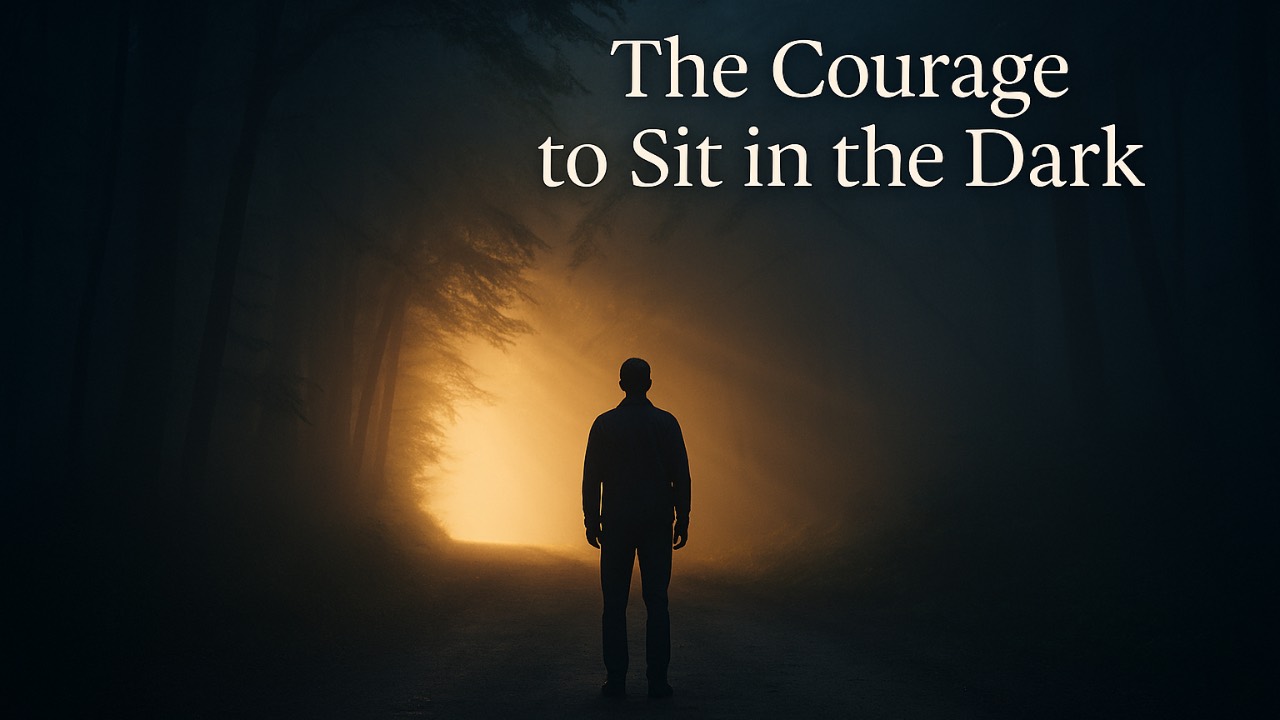More Than a Feeling: The Neuroscience of Gratitude and How It Transforms the Way We See the World

When I first started exploring gratitude, I wasn’t looking for inspiration, I was looking for evidence. Like many physicians, I was tired, skeptical, and searching for something that actually worked. Gratitude, I thought, sounded nice in theory, but how could it possibly make a difference when you’re running on fumes?
Then I found the science. Neuroscientists have shown that gratitude isn’t just a mindset. It’s a measurable biological process that reshapes how we perceive our world. When we truly feel gratitude, specific areas of our brain light up, shifting us out of threat mode and into awareness, connection, and calm.
This week’s theme, More Than a Feeling, kicks off a three-part exploration of gratitude: the science behind it, how to practice it effectively, and how it changes your experience of work, relationships, and life itself.
Gratitude is not about ignoring what’s hard. It’s about training your brain to notice what’s still good. And in a profession that often demands everything from us, that shift in perception can change everything.
“Gratitude turns what we have into enough.”
— Aesop
Coach's Corner
The Story of Gratitude
Take five minutes to recall a specific moment when someone expressed genuine gratitude toward you—or when you felt deep appreciation for someone else.
Close your eyes and replay that moment as vividly as possible.
- Where were you?
- What words were said?
- How did it feel in your body?
Notice what happens as you linger in that feeling. Your heart rate slows. Your shoulders drop. The world softens a bit around the edges. That’s not wishful thinking. That’s your nervous system shifting from survival mode into connection and safety.
If you can do this for even one minute, a few times a week, you’re already beginning to rewire your brain.
Next week, we’ll explore how to put this science into daily practice with evidence-based gratitude tools you can actually use in your life and clinical work.
Until then, I invite you to keep this practice alive: notice one thing each day that moves you, grounds you, or reminds you why you started this path in the first place.
With gratitude,
Ben







Responses